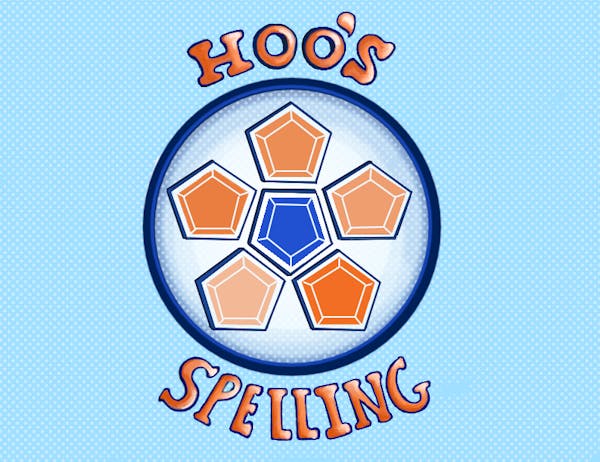The Massachusetts Institute of Technology announced last month that it would be enhancing its suite of free online courses this spring by offering certification to those individuals who complete the courses and prove their competency in the subjects taught. This is a bold step toward expanding access to higher education since it enables anyone with a computer, an Internet connection and the money to pay a small fee to obtain credentials signifying he has mastered the same material as undergraduate students at one of the nation's most prestigious institutions of higher education.
MIT's online credentialing initiative, known as MITx, is part of a growing movement to develop an alternative higher education model which will allow students to certify their mastery of subjects without having to pay tens of thousands of dollars in tuition. A variety of both for-profit and nonprofit groups are currently experimenting with the creation of "badges" which would be awarded to students who complete their free or low-cost online courses and pass examinations demonstrating what they learned.
Although this trend could appear threatening to traditional providers of higher education services such as the University, it is in both their best interests and those of present and future students to adapt to the new paradigm. By working with the online providers, traditional colleges and universities can both guarantee the quality of the new education programs and refocus themselves on the specific aspects of higher education for which they still possess a comparative advantage.
There are both self-interested and humanitarian reasons why institutions such as the University should embrace the online model of higher education. With regard to the former, colleges and universities must understand that they cannot hold out forever against the rising tide of tuition costs. According to recent analysis produced by The Daily, if tuition and fees continue to increase at their current rate then children born this year who graduate in the class of 2034 will have to pay more than $232,000 to attend an average-priced four-year private institution and almost $81,000 to attend an average-priced four-year public institution. If this cost trajectory continues unabated, then it must be anticipated that lower-priced alternatives to a college degree will be developed to function as the credentialing mechanism by which individuals prove to employers that they are competent to undertake professional work.
If colleges and universities ignore this reality and attempt to maintain their monopoly on the means of certifying future professionals, they will simply become irrelevant as more and more citizens opt for the online education programs which establish themselves as pedagogically rigorous and whose certifications become well-regarded among employers. A preferable alternative, though, would be for colleges and universities to establish partnerships with online education providers wherein certifications earned through those programs could be accepted as transfer credits which would be applicable toward a four-year bachelor's degree.
This would benefit students by ensuring that online providers' educational offerings meet certain standards of quality since colleges and universities would not accept the certification of programs known to offer weak instruction. Moreover, if more students took introductory college-level courses online, then colleges and universities would be able to redirect resources from providing large, survey-type lecture classes to instead expanding their offerings of small-group, discussion-oriented courses. This, in turn, would allow colleges and universities to rededicate themselves to the traditional mission of higher education, which was not providing work credentials but rather exposing students to a diversity of perspectives and imbuing within them critical thinking and analytical skills.
The University can facilitate this trend by reaching out to online education providers and working with them to establish academic guidelines and quality metrics which would allow certifications earned online to be accepted as transfer credits. Furthermore, it should consider following MIT's lead by publishing some of its own course materials online. Both of these steps would advance the University's mission of ensuring that a broad swath of the public has access to higher education, and it would place the school in the vanguard of 21st century technological and educational reform.






